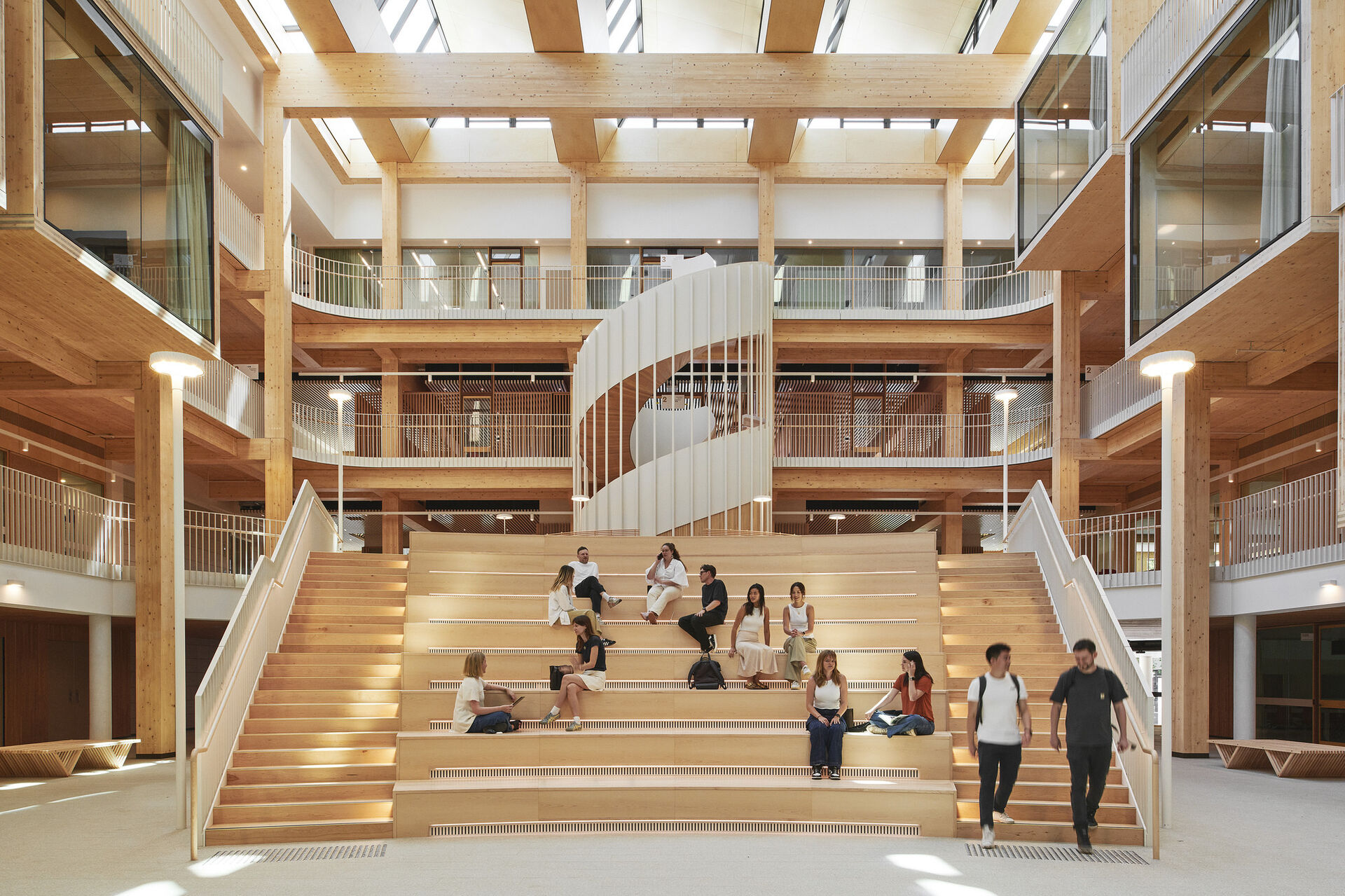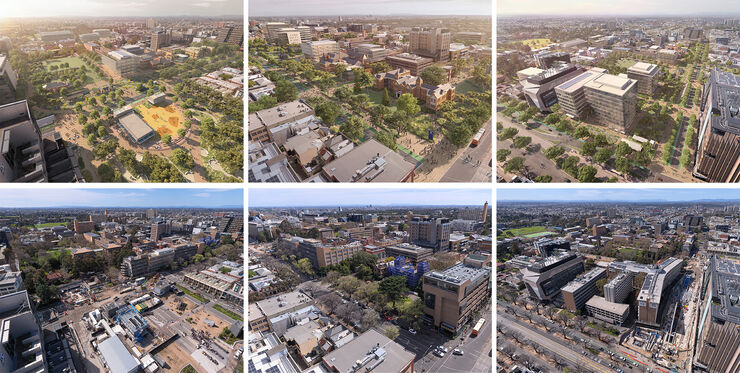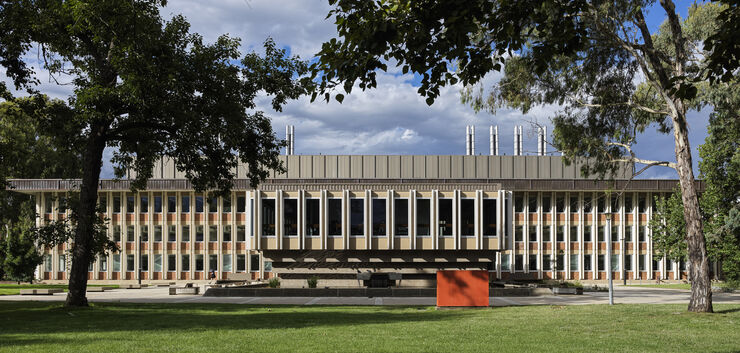Vibrant and Viable Campus: designing a culture-led recovery

Reflecting on years of online and hybrid learning, we shine a spotlight on campus culture, asking, without a vibrant and viable campus, can universities create the leaders of tomorrow? Download the report.
We surveyed property and facility leaders from 16 higher education institutions across Australia to understand the impacts on university campuses observed during and after the global pandemic. The survey findings reveal insights into the current and emerging states of play, informing the future planning of university assets and campuses around Australia.
“Changing ways of working and delivering curriculum has permanently shifted and the days of building new buildings when there is a need for space is gone.”
— Survey respondent
Our report, Vibrant and Viable Campus: designing a culture-led recovery, highlights the significant opportunities for universities to future-proof assets and build resilience – economic, social, cultural, and environmental – into the campus master planning process. Importantly, it suggests that the key to revitalising university campuses lies in designing a culture-led recovery to support the university’s mission and vision.
WHAT WE KNOW ABOUT CREATING A VIBRANT AND VIABLE CAMPUS
Here are the four key actions we recommend universities adopt in order to future-proof their campuses and assets:
1: Work smarter, make your assets work harder
Decisions must be based on thorough analysis and understanding of your university’s estate. Next-generation strategic planning goes beyond the technical asset audit and considers real human needs and the role that facilities and campuses play in meeting those needs. A clear and sustainable policy position on re-lifing, re-use and rationalisation will support a cohesive campus reshape.
2: Revive campus culture
Bringing people back together on campus should be a priority for learning institutions. Delivering the best teaching, learning and research experiences alongside the most magnetic spaces on campus goes hand in hand with driving engagement. Welcoming and fostering a depth of experiencewill create a vibrant campus community.
3: Widen the sustainability lens
Seeking out diverse, equitable and inclusive participation is key to progressive strategy development and estate planning. Campus projects of all scales must welcome and celebrate consultation, engagement and co-design processes with First Nations peoples.
4: Broaden your circle of friends
Progressive universities consider a range of delivery models, including commercial partnerships in their redevelopment and experience toolkit. Bringing partners onto campus needs to be undertaken in a planned and coordinated way to ensure reciprocal benefits for the university and the commercial partner. Having the right people to advise on potential commercial relationships and their structures is critical to understanding the benefits and risk profile for the university.
According to Hassell Principal Adam Davies, it is critical for universities to develop a healthy and vibrant knowledge ecosystem to grow the leaders of tomorrow.
“Togetherness plays a critical role in transitioning young adults into maturity, and the place for human interaction is the campus environment which fosters socialisation and collaboration. The campus is the theatre setting for life.”
— Adam Davies, Principal, Hassell
“We must also recognise the broader role of the campus to support social cohesion and student wellbeing at a time when, according to the Australian Bureau of Statistics, almost 40% of young Australians (aged 16-24 years) have experienced a mental health disorder.”
DOWNLOAD THE REPORT

Scan this QR code with your phone to follow Hassell on WeChat.







